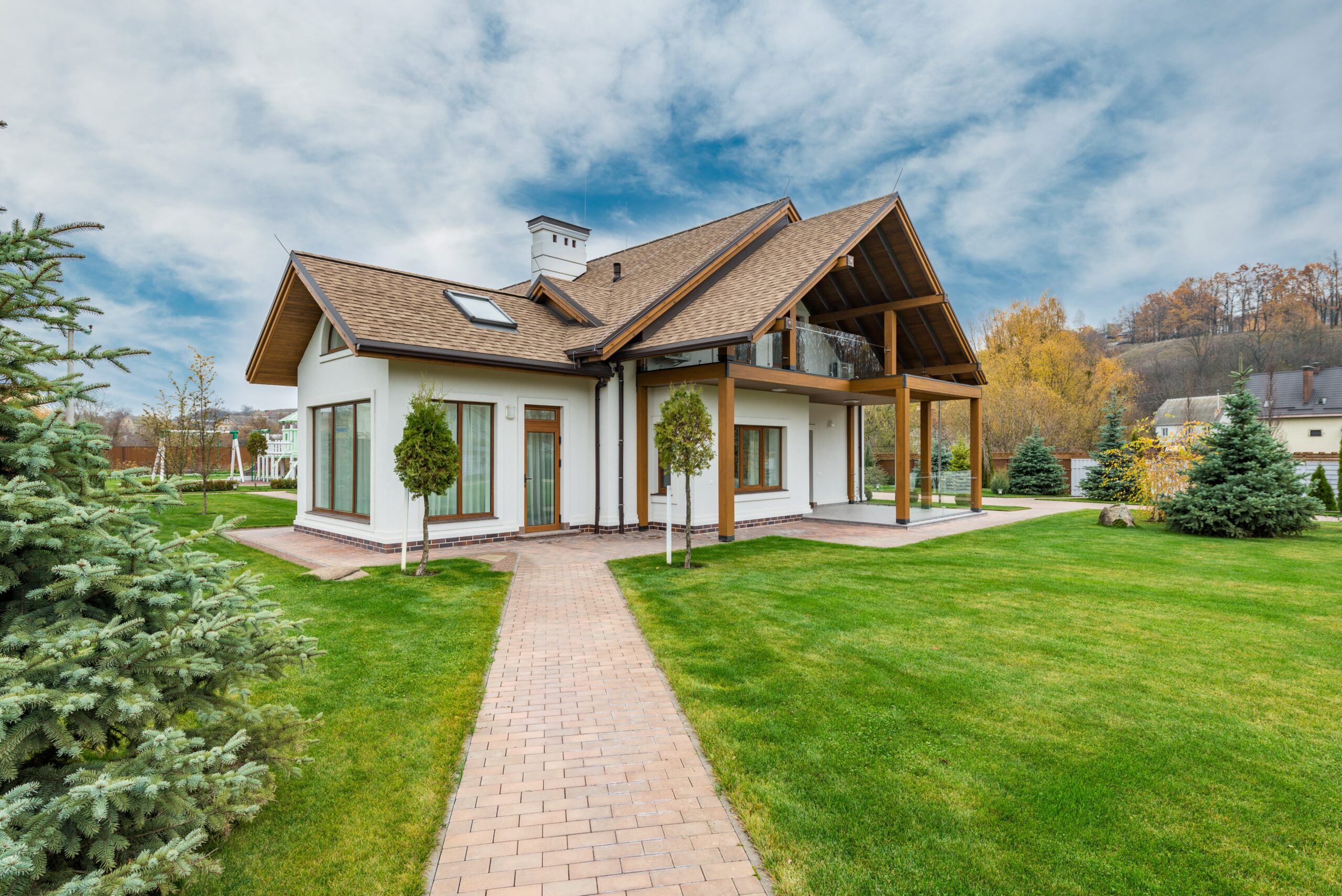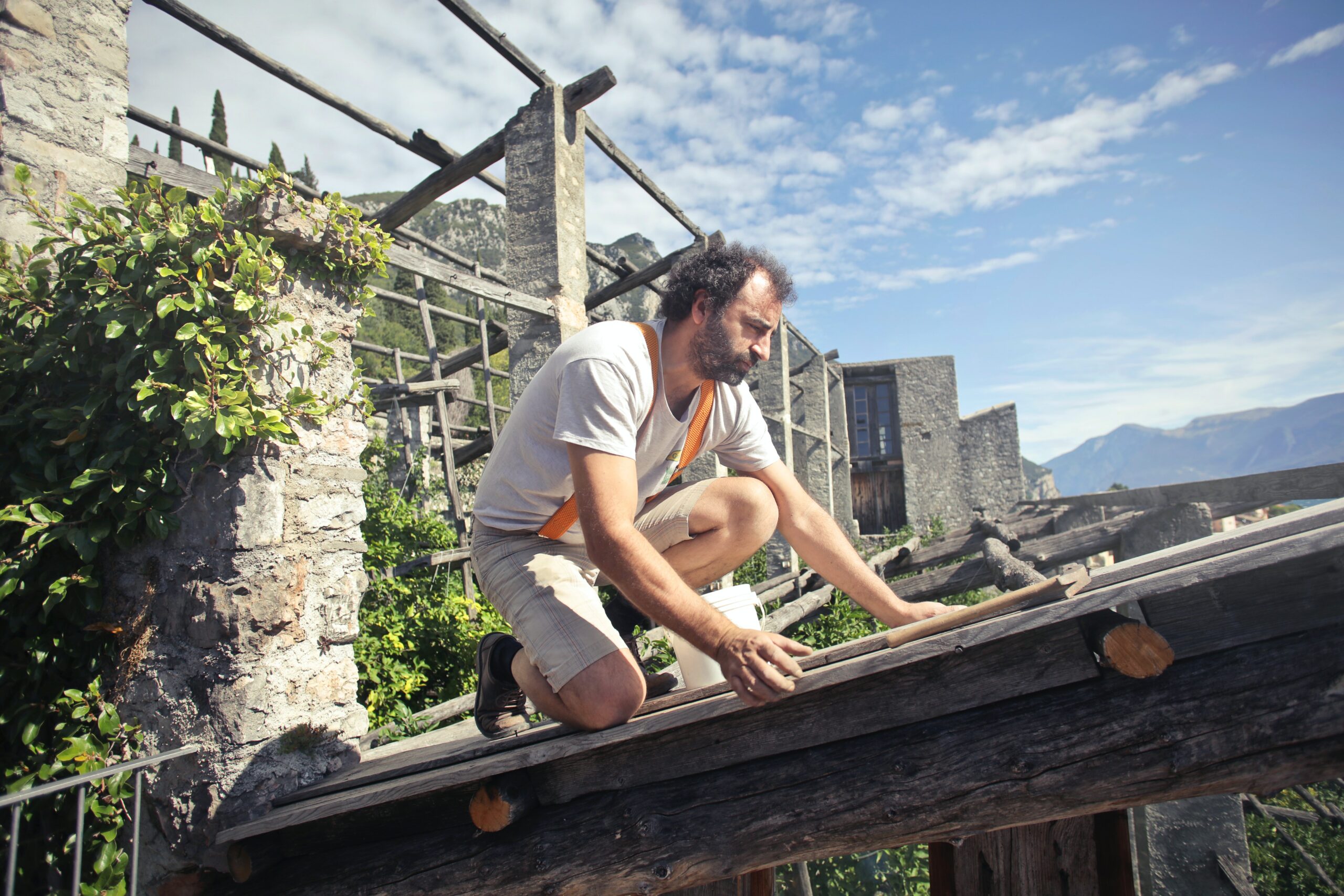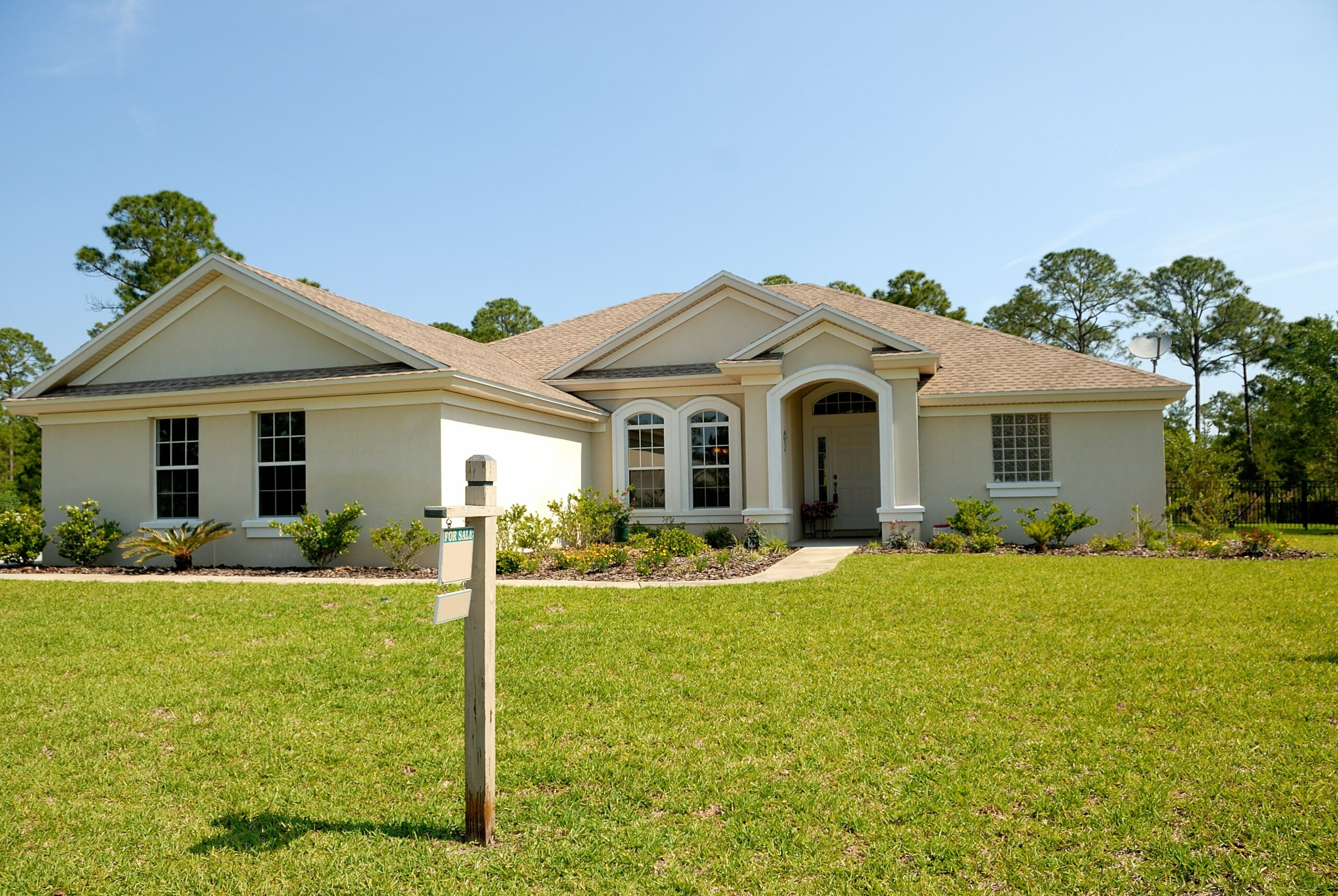Listed here are the most prevalent materials to construct a roof , along with their advantages and disadvantages.
To construct a roof there is the usage of a wide variety of materials. The materials include stone, clay, glass, metals, and more. To ensure that your roof lasts for a long time and isn’t continuously repaired or replaced, you must be extremely careful when selecting the material.
Wood:
Wood is one of the most used materials to construct a roof .On the other hand, Wood can be a problem in locations with moist weather, mold, rot, and fire. As a result wood has a rustic appearance.

Slate:
Can find colors like black, grey, red, green, and purple in slate to enhance a roof’s visual attractiveness. Slate is a pricey material for a roof because of its ability to survive more than a century. This hard rock can be cut into thin slabs ranging in thickness from 1/4 to 1 inch.
As a result, it requires additional framing and professional installation, yet it is a long-lasting, fire-resistant material.
Metals:
The usage of metal roofs in commercial applications is another prominent roofing material. Lightweight, long-lasting metal roofs tolerate adverse weather conditions, which are recyclable.
Panels and shingles are the two options. Metallic roofing can be made out of various materials, including copper, aluminum, and steel. A drawback is that they’re also pricey.
Copper :
Copper is naturally resistant to corrosion. Therefore it doesn’t need any finishing. Additionally, it is pliable and can be twisted because it is made up of a soft material. However, it’s also quite pricey.
Steel:
Steel is a better alternative material to construct a roof because it is more durable and heavier than aluminum. However, Slate protection is provided by a variety of coatings. Examples include zinc coatings to prevent rust and epoxy primers from preventing the formation of glue.
It’s made of aluminum. Aluminum is an excellent roofing material since it is lightweight and resistant to rust. However, compared to other metals, it is fragile.
Asphalt:
Asphalt is a cost-effective and easy-to-install option for driveways. Asphalt’s drawbacks include a limited lifespan and a lack of thermal insulation.
They come in several colors, so you may choose one that suits your home’s decor. Nevertheless, you’ll need to have them strengthened with organic or fiberglass components.
Materials that may be seen with the naked eye include:
To construct a roof for a greenhouses and conservatories, glass is one of the most common materials. Glass, on the other hand, is heavy, brittle, and inflexible.
This modern material delivers the same level of transparency of glass but without any drawbacks.

Tiles made of clay or concrete:
However, they are hefty and require additional construction and installation by professionals. They’re also eco-friendly and don’t burn. These characteristics, on the other hand, translate into a high price tag.
Clay and concrete roof tiles come in a wide variety of shapes and textures, including flat, ribbed, and scalloped, making them an excellent choice for adding visual interest to your home.


